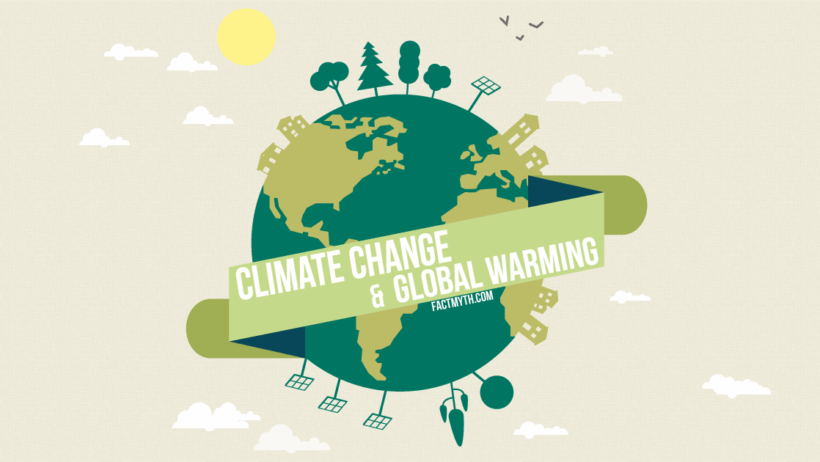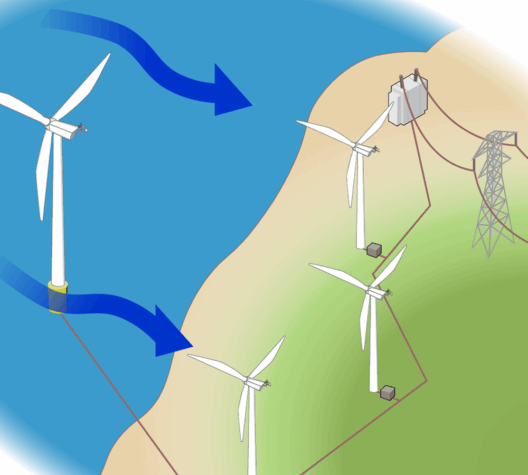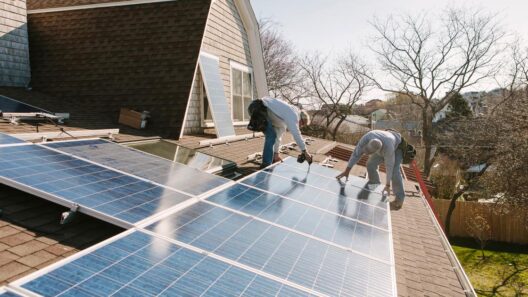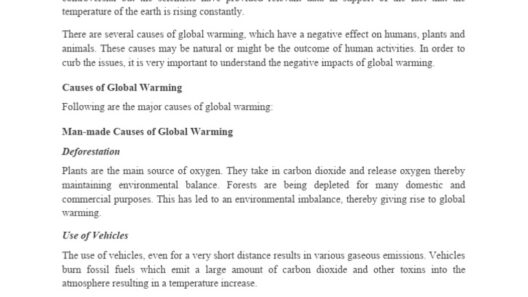Global warming and climate change are terms often used interchangeably, but they signify distinct phenomena that warrant clarity. This misconception has clouded public understanding and hindered effective communication regarding environmental issues. By highlighting the differences, we can better elevate awareness, advocate for informed policy decisions, and drive meaningful action towards preserving our planet.
To truly grasp these concepts, we must first delve into what global warming entails. Global warming specifically refers to the increase in Earth’s average surface temperature due to the accumulation of greenhouse gases in the atmosphere. These gases, primarily carbon dioxide, methane, and nitrous oxide, trap heat from the sun, a phenomenon known as the greenhouse effect. The burning of fossil fuels, deforestation, and various industrial activities have significantly exacerbated the concentration of these gases, leading to a warming trend that has been scientifically documented since the late 19th century.
Climate change, on the other hand, is a more encompassing term that refers not just to the increases in temperature but also to significant long-term alterations in precipitation patterns, wind patterns, and other elements of earth’s climate systems. While global warming is a primary driver of climate change, climate change encompasses broader environmental shifts, including alterations in seasonal cycles, higher frequency and intensity of extreme weather events, rising sea levels, and shifts in ecosystems and wildlife habitats.
Understanding the nuances between these two concepts is pivotal, as it influences how we address the challenges posed by our changing planet.
The Mechanisms Behind Global Warming
Global warming is fundamentally a result of human activities that produce greenhouse gases. These emissions come from various sources, such as transportation, electricity generation, and industrial production. When we burn fossil fuels, we release carbon dioxide, the most prevalent greenhouse gas, into the atmosphere. This increase in atmospheric CO2 has contributed to a rise in global temperatures, creating a feedback loop that further accelerates warming.
In addition to carbon dioxide, methane—a gas released from agricultural practices, landfills, and natural gas systems—has a much higher heat-trapping ability, albeit present in smaller quantities. The potency of methane underscores the complexity of the issue, as it can linger in the atmosphere for a shorter time than CO2, yet exert a far more significant heating effect during its lifespan.
The result is a gradual alteration of Earth’s climate. Temperatures across the globe have increased by about 1.1°C (2°F) since the late 19th century, affecting everything from polar ice melt to ocean temperatures and biodiversity. The impacts of global warming are starkly evident, setting the stage for far-reaching consequences that extend beyond rising temperatures.
The Broader Implications of Climate Change
Climate change constitutes an extensive array of shifts within Earth’s systems. These include changes in precipitation patterns, with some regions experiencing increased rainfall, while others face debilitating droughts. Extreme weather events, such as hurricanes, heatwaves, and floods, have become more frequent and severe, leading to loss of life, displacement, and significant economic damages.
Moreover, climate change is contributing to the acidification of oceans, which affects marine life and ecosystems. Coral reefs, often termed as the “rainforests of the sea,” are particularly susceptible, as warming waters lead to coral bleaching—a phenomenon where corals lose their vibrant colors and with it, their essential role in marine biodiversity.
The societal implications are vast. Vulnerable communities, particularly in developing regions, are often least equipped to adapt to these changes. Food security is jeopardized as agricultural patterns shift, and freshwater supplies diminish. Health issues arise from heat-related illnesses, air pollution, and the proliferation of vector-borne diseases. These challenges necessitate systemic responses that recognize the intricate relationship between humans and the environment.
Bridging the Gap: Understanding the Interconnection
While it is crucial to distinguish between global warming and climate change, it is equally important to understand their interconnection. Global warming acts as a catalyst for climate change, yet the latter encompasses a more extensive range of environmental phenomena. Addressing them requires a multifaceted approach that encompasses mitigation, adaptation, and resilience-building strategies.
Mitigation efforts include reducing greenhouse gas emissions through transitioning to renewable energy sources, increasing energy efficiency, and implementing sustainable land-use practices. Adaptation strategies involve enhancing infrastructure, developing resilient agricultural practices, and preparing communities for the inevitable changes ahead. Resilience-building fosters community capacity to absorb and recover from environmental shocks, thereby minimizing societal disruption.
Public awareness and education play a pivotal role in these efforts. By clarifying the distinctions between global warming and climate change, we can inform policy decisions that prioritize both mitigation and adaptation. This understanding equips individuals with the knowledge they need to advocate for systemic changes and contribute meaningfully to the collective effort to address environmental issues.
Conclusion: Taking Action for a Sustainable Future
In essence, while global warming and climate change are related, they encompass different aspects of our planet’s evolving climate system. Recognizing their differences provides a clearer perspective that can guide effective intervention strategies. As stewards of the Earth, we bear the collective responsibility to comprehend these phenomena deeply. Our actions—or inactions—today will shape the trajectory of environmental well-being for generations to come. Addressing these crucial issues will require collaboration across governments, industries, communities, and individuals to craft a sustainable future for all.








